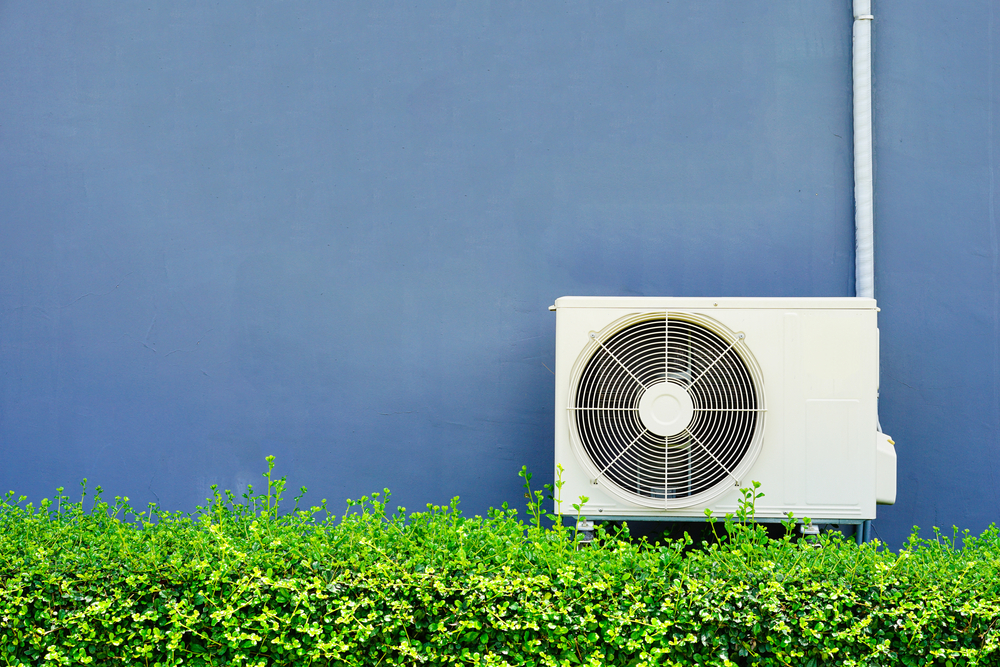Introduction
When it comes to staying cool during hot summer months, air conditioning systems are a true blessing. At the heart of every air conditioner lies a crucial component known as the air conditioning compressor. In this article, we will delve into the functioning of air conditioning compressors, their importance in the cooling process, and some common issues that may arise.
Table of Contents
- What is an Air Conditioning Compressor?
- The Role of the Compressor in the Cooling Process
- Types of Air Conditioning Compressors
- 3.1 Reciprocating Compressors
- 3.2 Rotary Compressors
- 3.3 Scroll Compressors
- 3.4 Screw Compressors
- 3.5 Centrifugal Compressors
- How Does an Air Conditioning Compressor Work?
- 4.1 Step 1: Compression of Refrigerant Gas
- 4.2 Step 2: Condensation
- 4.3 Step 3: Expansion
- 4.4 Step 4: Evaporation
- Common Issues with Air Conditioning Compressors
- 5.1 Refrigerant Leaks
- 5.2 Electrical Problems
- 5.3 Overheating
- 5.4 Compressor Noise
- 5.5 Short Cycling
- 5.6 Frozen Compressor
- Preventing Compressor Problems
- Regular Maintenance of Air Conditioning Compressors
- Signs You Need to Replace the Compressor
- Choosing the Right Compressor for Your Air Conditioner
- DIY Tips for Compressor Troubleshooting
- When to Seek Professional Help
- The Importance of Proper Installation
- Energy Efficiency and Air Conditioning Compressors
- Upgrading Your Compressor for Better Performance
- Conclusion
1. What is an Air Conditioning Compressor?
An air conditioning compressor is a vital component of the air conditioning system responsible for pressurizing and circulating the refrigerant throughout the system. It is often referred to as the “heart” of the air conditioner, as its primary function is to compress the low-pressure refrigerant gas into high-pressure gas, enabling the cooling process.
2. The Role of the Compressor in the Cooling Process
In the air conditioning cycle, the compressor plays a pivotal role in facilitating the transformation of refrigerant from gas to liquid and vice versa. It works in tandem with other components like the condenser, evaporator, and expansion valve to achieve the cooling effect.
3. Types of Air Conditioning Compressors
There are several types of air conditioning compressors used in various cooling systems. Each type comes with its unique characteristics, advantages, and drawbacks.
3.1 Reciprocating Compressors
Reciprocating compressors operate through a back-and-forth piston motion, compressing the refrigerant as the piston moves. They are commonly used in window air conditioners and small cooling units.
3.2 Rotary Compressors
Rotary compressors utilize rotating blades to compress the refrigerant gas. They are known for their smooth and quiet operation and are commonly found in split air conditioning systems.
3.3 Scroll Compressors
Scroll compressors use two spiral-shaped scrolls to compress the refrigerant. They are highly efficient, making them a popular choice for residential and commercial air conditioners.
3.4 Screw Compressors
Screw compressors consist of two helical rotors that compress the refrigerant gas. They are often used in large-scale air conditioning applications and industrial cooling systems.
3.5 Centrifugal Compressors
Centrifugal compressors use a rotating impeller to accelerate the refrigerant gas, creating high-pressure conditions. They are ideal for large cooling systems and commercial buildings.
4. How Does an Air Conditioning Compressor Work?
To better understand the functioning of an air conditioning compressor, let’s break down the process step by step:
4.1 Step 1: Compression of Refrigerant Gas
The compressor starts by drawing in low-pressure refrigerant gas from the evaporator. It then compresses this gas, raising its temperature and pressure significantly.
4.2 Step 2: Condensation
The high-pressure refrigerant gas moves to the condenser, where it releases heat to the external environment and condenses into a high-pressure liquid.
4.3 Step 3: Expansion
The high-pressure liquid passes through the expansion valve, where it undergoes a sudden drop in pressure, transforming into a low-pressure liquid and gas mixture.
4.4 Step 4: Evaporation
The low-pressure liquid and gas mixture enter the evaporator, where it absorbs heat from the indoor air, converting into low-pressure gas again.
5. Common Issues with Air Conditioning Compressors
Despite being crucial to the cooling process, air conditioning compressors can encounter problems that affect the overall performance of the system. Some common issues include:
5.1 Refrigerant Leaks
Refrigerant leaks can lead to reduced cooling efficiency and potential damage to the compressor.
5.2 Electrical Problems
Electrical issues, such as faulty wiring or capacitor problems, can cause the compressor to malfunction.
5.3 Overheating
Excessive heat can damage the compressor and other components of the air conditioning system.
5.4 Compressor Noise
Unusual noises coming from the compressor may indicate underlying problems that need attention.
5.5 Short Cycling
Short cycling occurs when the compressor frequently turns on and off, leading to energy wastage and increased wear and tear.
5.6 Frozen Compressor
A frozen compressor may result from issues like restricted airflow or low refrigerant levels.
6. Preventing Compressor Problems
Regular maintenance and proper care can significantly reduce the risk of compressor issues. Keeping the air conditioning system clean and changing filters regularly are essential steps in preventing problems.
7. Regular Maintenance of Air Conditioning Compressors
Regular maintenance should include cleaning the condenser coils, checking refrigerant levels, and inspecting electrical components.
8. Signs You Need to Replace the Compressor
Certain signs, such as warm air blowing from vents, unusual noises, or increased energy bills, may indicate the need for compressor replacement.
9. Choosing the Right Compressor for Your Air Conditioner
Selecting the appropriate compressor for your air conditioner involves considering factors like system size, efficiency, and compatibility.
10. DIY Tips for Compressor Troubleshooting
While some compressor issues require professional attention, there are simple troubleshooting steps that homeowners can try before calling for help.
11. When to Seek Professional Help
If troubleshooting steps don’t resolve the compressor problem, it’s best to call a qualified HVAC technician for diagnosis and repairs.
12. The Importance of Proper Installation
Proper installation of the air conditioning compressor is crucial for optimal system performance and longevity.
13. Energy Efficiency and Air Conditioning Compressors
Upgrading to a more energy-efficient compressor can lead to significant cost savings and reduced environmental impact.
14. Upgrading Your Compressor for Better Performance
Considering an upgrade to a higher-capacity or more advanced compressor can improve overall cooling efficiency.
15. Conclusion
Air conditioning compressors are the heart of any cooling system, providing the necessary pressure to enable the cooling process. Understanding their functioning, common issues, and maintenance needs can help homeowners keep their air conditioners running efficiently for years to come.





Leave a reply